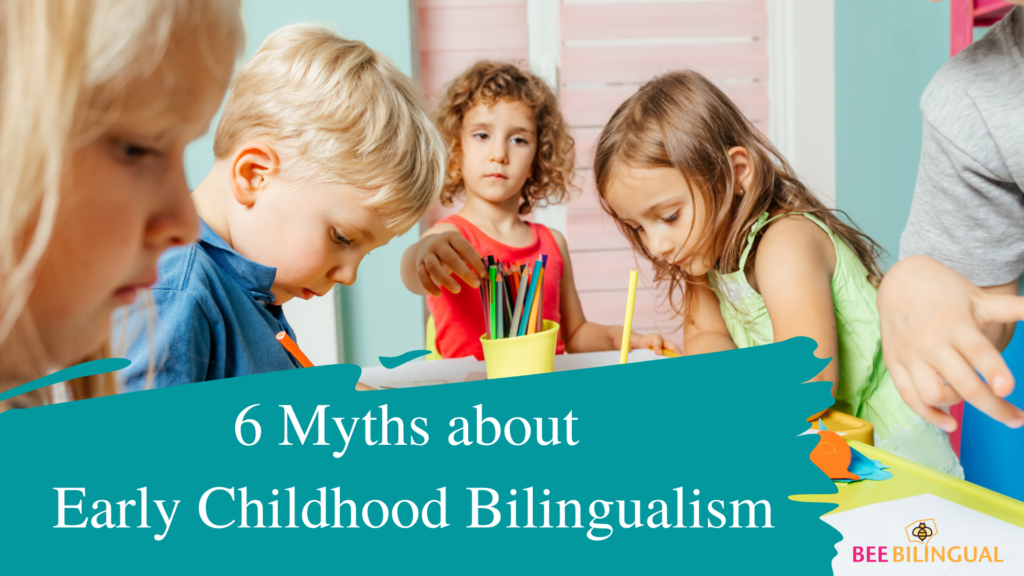In our previous blog posts, we have explored the mixed language strategy and the one person, one language method. Now we will take a closer look at the Minority Language at Home (MLAH) method, which is also widely popular.
The Minority Language at Home method is a language-learning strategy that focuses on having the minority language be used as much as possible in the home. The second language is mostly used at school or outside of the home.
Advantages of the Minority Language At Home Method
- It can be very effective! The minority language is strengthened at home, in the family setting, which creates a strong foundation for language development and allows children to learn their minority language more deeply.
- This method also avoids any confusion that may arise from switching between two languages, as only one is used at home.
- A deeper connection to the language and culture can be created through this method, especially when the whole family is involved.
- MLAH is also a very balanced method, as the bilingual child knows when and where to use which language.
Disadvantages of the Minority Language At Home Method
- When kids aren’t in school yet or don’t have much access to the majority language, this method can obviously lead to big gaps in their majority language acquisition. Children may start school with very limited proficiency in their majority language.
- One of the parents or family members might not feel fully comfortable speaking a language that is not their mother tongue.
- If the parents, or one parent, don’t speak the language fluently, mistakes can be made and passed down.
- Possibly, at a later stage, children might refuse to speak their minority language at home (this could have several reasons).
Who uses the MLAH method?
It is very often used by parents who have moved to a country that uses a different language from their mother tongue and want their children to remain connected to their own language and culture.
However, it is also popular among families in which one parent is the native speaker of a language that is different from the majority language. The other parent may not be as fluent in the minority language as the other parent.
Tips for using the minority language at home method
- Before you get started, make sure that you or your partner are proficient enough in the minority language.
- Exposure is key! Read books, watch movies, listen to music, play games, and have conversations with your bilingual child in the minority language as much as possible.
- Remember to research other bilingual parenting methods before you decide on one—there is no right or wrong way! You could even mix different methods.


